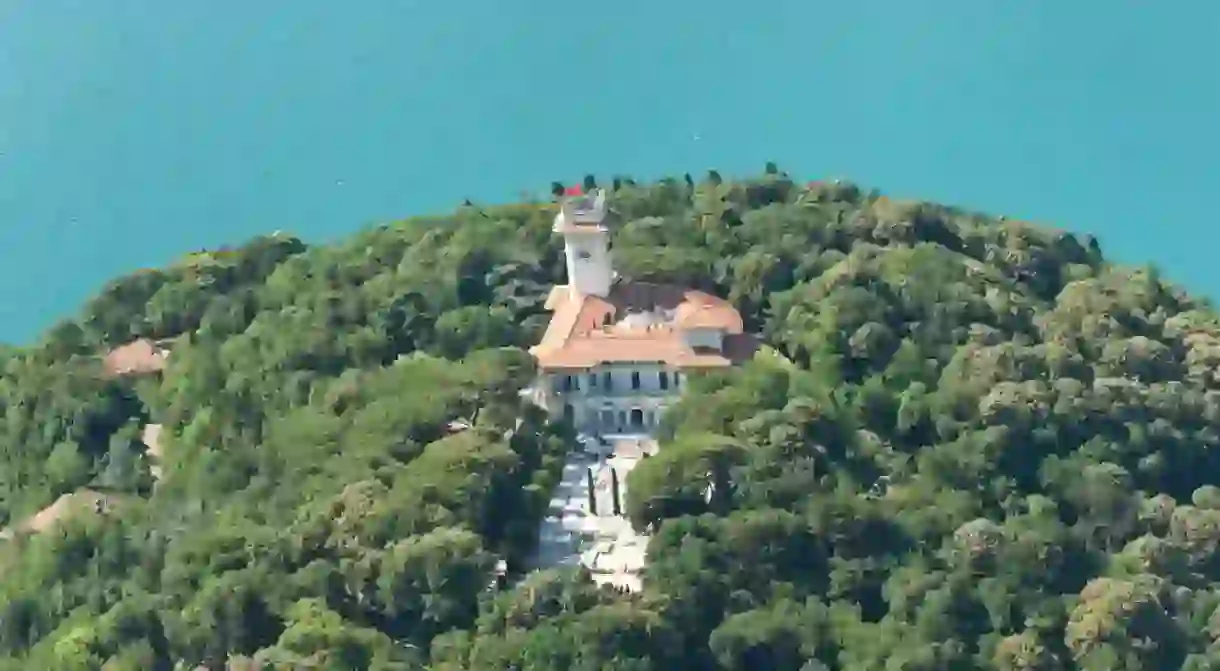A Brief History Of The Khedive Palace, Istanbul

Also known as the Çubuklu Palace, the Khedive Palace, located on the Asian side of Istanbul, served as the former residence of Khedive Abbas II of Egypt and Sudan. The mansion, completed in 1907, was abandoned for a long time before opening to the public in 1984. Culture Trip takes a look at the details of the beautiful and historic structure.
Abbas II, who reigned over Egypt and Sudan from 1892 until 1914, sought to cooperate with the Ottoman Empire in order to potentially undermine British occupation. As such, he visited Constantinople until he commissioned Italian architect Antonio Lasciac to build a summer residence on the Bosphorus shore. Designed according to the Art Nouveau aesthetic, with touches of the neoclassical Ottoman style, the palace was inspired by the Italian villas of the Renaissance. Located on a hilltop in Çubuklu, overlooking the famous strait within a large grove, the palace is surrounded by marble terraces and possesses a high tower, one of its most standout features.

The three-story structure also has a monumental fountain and one of the largest rose gardens in the city. A grand fireplace, a historical steam-operated elevator, two big bedrooms, and a terrace are only some of the interior features. Decorated with neoclassical, neo-Islamic and neo-Ottoman elements, the interior has marble pillars, walls, and ceilings that are carved with figures, from flowers to hunting animals. Apart from having an identical copy built on the Nile in Egypt, Abbas also had a secret second wife who claimed in her memoir that she was responsible for all decisions regarding the palace’s design.
After the establishment of the Turkish Republic, the mansion was purchased in 1937 by the City of Istanbul but remained neglected until the 1980s. It was at this point that the Touring and Automobile Club of Turkey, which signed an agreement with the Istanbul Municipality for the restoration and management of certain historical Ottoman sites, restored the palace. By 1985, it was opened to the public as a restaurant, café, and hotel. Nowadays, the mansion continues to welcome visitors (sans hotel) through a circular hall decorated gracefully with two marble columns and the brass and crystal elevator that goes up to the terrace. The grand salons and bedrooms worthy of kings are all worth a look, and don’t be surprised to see wedding photographers directing couples to pose romantically in the garden or one of the salons. Apart from allowing visitors to delve into temporary regal fantasies, the palace can also be rented for events such as weddings.













